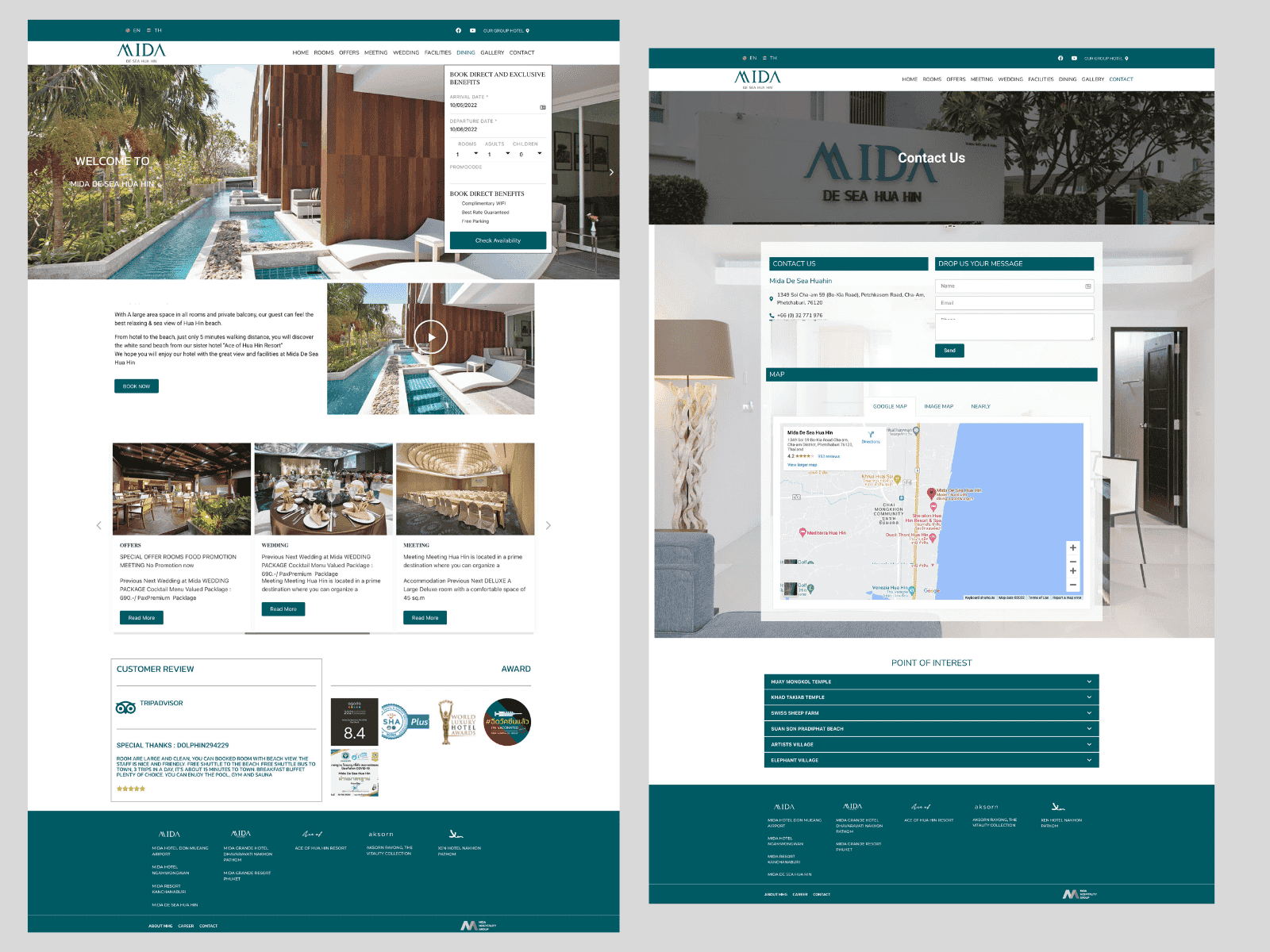. Initial Consultation
- Client Meeting: Understand the client’s vision, goals, and requirements.
- Market Research: Analyze the client’s industry, competitors, and target audience.
- Project Proposal: Outline the scope, timeline, and budget for approval.
2. Design Phase
- Wireframing: Create basic layout and structure of the website.
- Mockups: Develop detailed design mockups reflecting the brand’s aesthetics.
- Client Review: Present designs to the client for feedback and revisions.
- Approval: Finalize the design after incorporating client feedback.
3. Development Phase
- Setup: Configure the development environment and set up hosting.
- Content Integration: Input all textual and multimedia content.
- Functional Development: Build and integrate interactive elements and backend features.
- Responsive Optimization: Ensure the website is optimized for all devices and platforms.
4. Testing Phase
- Quality Assurance: Conduct thorough testing for functionality, usability, and compatibility.
- Bug Fixing: Identify and resolve any technical issues.
- Client Testing: Allow the client to test and provide feedback.
- Final Adjustments: Make necessary adjustments based on client feedback.
5. Launch Phase
- Pre-Launch Checklist: Ensure all aspects of the site are fully functional and optimized.
- Launch: Deploy the website on the live server.
- Post-Launch Support: Offer ongoing support and maintenance.
- Performance Monitoring: Monitor the website’s performance and make adjustments as needed.
6. Post-Launch Marketing and SEO
- SEO Optimization: Implement SEO strategies to improve search engine ranking.
- Social Media Integration: Leverage social media platforms to increase visibility.
- Analytics Setup: Implement tools like Google Analytics to track website performance.
- Feedback Collection: Gather user feedback for future improvements.
This structured process ensures that each website nConnect develops is tailored to meet specific client needs while maintaining high standards of quality and efficiency. Each phase involves client interaction and approval, keeping the client engaged and informed throughout the website development lifecycle
